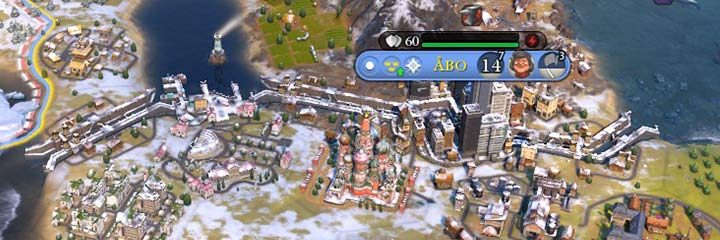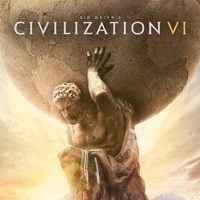Civilization 6: Canal (Gathering Storm) - how to unlock, tips
This section of the Civilization Vi game guide describes Canal - one of the unique districts in the game. Here, you'll learn what benefits it provides in Civilization 6, how to build it, and how to unlock the Panama Canal, which is one of Wonders.
How to unlock Canal?
A canal is a special district available in Civilization 6: Gathering Storm expansion pack. In order to unlock Canal, you need to purchase and install the aforementioned large DLC.
This unique district enables naval or shipped units to move through land fields if special requirements are met. By constructing these objects you can increase your military capabilities or your naval power (you will increase the reach of your naval units). You can also use them to connect small seas or lakes (on which you can also build port district) inside a continent with an ocean. If land is narrow, you can create a shortcut for your fleets and merchants. Canals are counted as districts and they provide bonuses for neighboring with other districts.
Canal description

Canals are based on similar rules when building a residential district. You can create as many canals as you want as long as they are placed on fields that enable creating them. A military engineer can speed up the construction of this object by 20% of total production cost. You can use a few engineers to speed up the construction. Canals become available in the technology tree pretty late, so remember about properly placing the cities early in the game.
When building canals, you must remember the following things:
- The game enables the player to build a canal on a distance of one hex. On one side there must be a field with a city center and on another, there must be a field with water (lake, sea).

- The canal doesn't need to be built directly next to a city center. For example, there is a city on the first field, and then two further fields are a lake, a regular field (here you can build the canal) and a sea area. There is a variety of combinations, simply place the city center in a good location.
- If you build a city on a narrow part of a continent, it will automatically count as a canal.

- Canals can be built from a few sides. For example, if the continent becomes narrower on a length of three fields, then after building a city on the middle field you can create canals on two sides of the city and make it possible to swim between two waters.
- Each canal field on the route of a merchant will provide additional gold. You should create special canals in such a way that they increase trading income.
- Take advantage of building railroads to make a better route of trade roads. If you connect a city with canals with a railroad, a merchant will be more eager to select such route (merchants are always trying to select the fastest connection).
- You should build a canal before you develop technology that will reveal a strategic resource. If you place canal on a field with a strategic resource before it is discovered, the canal won't disappear and you will automatically mine the resource. Otherwise, you won't be able to build a canal on such field.
Panama Canal is a special wonder of the world that created additional canals between the closed waters or cities. You can create it on one, two, or three fields that are located between waters. Canals will be created automatically on the sides of this wonder once it is completed. Panama Canal can be connected to a city or built within the borders of a city.

The longest uninterrupted canal can have 7 fields of length. Building one is awarded by a new achievement. You must build two cities (1) that will be located 3 fields from each other. Each of these cities must be built near a sea - they must be separated from it by a single field so that a canal can be built. Before you start creating a wonder, you must connect both cities to a water area by building canals in these cities (2). Only then you should select the city with larger production and place the Panama Canal (3).
- Sid Meier's Civilization VI Game Guide
- Civilization 6: Game Guide
- Civilization 6: Infrastructure
- Civilization 6: City Center - bonuses, buildings
- Civilization 6: Campus - bonuses, buildings
- Civilization 6: Aqueduct District / Bath - bonuses
- Civilization 6: Commercial Hub - bonuses, buildings
- Civilization 6: Encampment - bonuses, buildings
- Civilization 6: Harbor / Royal Navy Dockyard - bonuses
- Civilization 6: Holy Site / Lavra - bonuses
- Civilization 6: Theater Square / Acropolis - bonuses, buildings
- Civilization 6: Industrial Zone / Hansa - bonuses, buildings
- Civilization 6: Neighborhood / Mbanza - bonuses
- Civilization 6: Spaceport - bonuses, buildings, launch, martian colony
- Civilization 6: Entertainment Complex / Street Carnival - bonuses, buildings
- Civilization 6: Aerodrome - bonuses, buildings
- Civilization 6: Canal (Gathering Storm) - how to unlock, tips
- Civilization 6: Infrastructure
- Civilization 6: Game Guide
You are not permitted to copy any image, text or info from this page. This site is not associated with and/or endorsed by the developers and the publishers. All logos and images are copyrighted by their respective owners.
Copyright © 2000 - 2025 Webedia Polska SA for gamepressure.com, unofficial game guides, walkthroughs, secrets, game tips, maps & strategies for top games.
